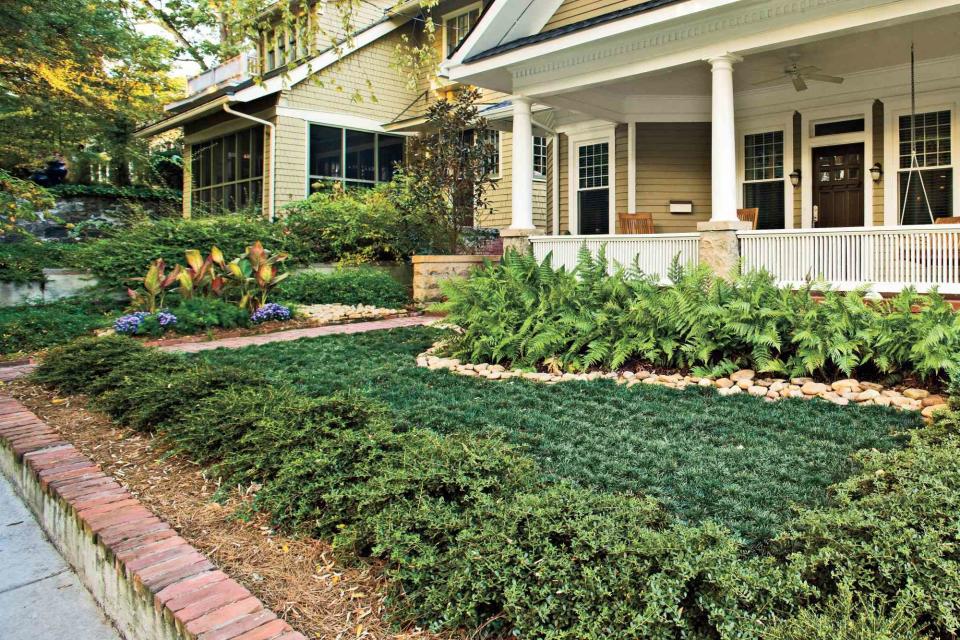What Is A French Drain? Here's How To Know If It's Right For Your Yard
We’re clearing the air on this popular water-clearing system.

There’s quite a few misconceptions surrounding French drains. First, despite their name, French drains did not originate in France. Their namesake is actually Massachusetts farmer, Henry French. And despite the mis-association with France, French drains are actually a very popular choice for lawn irrigation across the Southern U.S.
Another common cause of confusion, irrigation expert Sean McCormick reveals, is that the phrase “French drains” is often over-prescribed to describe alternate forms of irrigation. In some ways, the name has become a catch-all for multiple types of lawn drainage. However, this over-generalization may lead to expensive installation mishaps if you are unclear what you’re asking for.
Meet the Expert
Sean McCormick is the sales manager for Bluegrass Irrigation in Lexington, Kentucky
Now that we’ve established what French drains aren’t, here’s everything you need to know about what they are and if they’re the right choice for your yard.
What Is A French Drain?
“A French drain is a cavity underground, designed to capture surface water that has nowhere else to go,” McCormick explains.
Dug into the ground, French drains include a perforated pipe, wrapped in a water-permeable fabric and covered by gravel or stone. Gravity pulls water from the surface into the pipe, which drains the water out from the yard.
How A French Drain Works
French drains are optimized to collect water and transfer it. They are surrounded by gravel or stone, which are easier for water to pass through than soil, and the pipe materials such as water-permeable fabric enable efficient water capture.
From there, the water is set flowing away on the path of least resistance. French drains leverage gravity to help transfer water. Whereas water would roll down a hill, on flat lawns, it will need some help from a French drain. This irrigation system helps the water along, away from flat surfaces, and into storm drains or another form of rainwater collection connected to the end of the pipe.

Is A French Drain Right For Your Yard?
Despite their popularity (largely a result of the overuse of the name), McCormick says that French drains are “a last resort.”
“If you have proper grade in your lawn to where water flows away from your house, then they're not necessary,” he says, “but if all the water drains to the house and there's nowhere to get rid of it, then that's when French drains come in.”
In places without much rain, or in lawns with clay soil, French drains may actually cause more harm than good in the long run. A French drain also cannot be installed where it’s impossible to angle the pipe downwards to allow gravity to pull water away to a disposal location—another requirement for French drain installation.
In areas with a lot of rainfall, French drains are a more popular choice. For homes where water from the lawn pools toward the home, French drains can even be a necessity. If your home experiences excessive flooding and pressure on retaining walls from water, a French drain may be right for you.
Whether a French drain is right for you will differ from lawn to lawn, and the decision requires a tailored approach. In fact, McCormick says that often, a hybrid drainage approach based on the unique needs of your lawn is the way to go. French drains can be useful, but they’re not the only solution. And in some cases, they are the solution, just not all on their own.
For more Southern Living news, make sure to sign up for our newsletter!
Read the original article on Southern Living.

